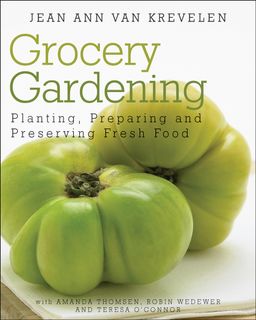It's true that elder (Sambucus nigra; Sambucus canadensis) grows wild in moist places through much of the United States. But to call this plant "common" is just unfair.
Few plants have generated as much respect as elder over the ages. In fact, once I learned about this plant, I was hooked and just had to have one in my garden. Consider these cool facts:
Elder is Healthy: Hippocrates considered his elder tree a "medicine chest" in 400 B.C.E. From cold remedies to stomach tonics, the white flowers and blue-black berries on this shrub and small tree have been used in everything from teas and syrups to skin creams.
America Botanical Council provides a summary of elder nutritional information and scientific studies. Note: Always cook berries before eating them. Never eat red berries from S. racemosa.
"Water of elder flowers
for a pure complexion and against insect biting.
for a pure complexion and against insect biting.
Take the flowers off the stalks
and pack them down hard in your pan,
and pack them down hard in your pan,
and then pour on enough boiling water to cover them:
cover your pan with a cloth and so let it stand a day and a night,
and then strain it."
and then strain it."
Mrs. Harrington's Book, 18th Century
Elderberry Syrup
Bring to boil 1/2 cup dried (or 1 cup fresh) berries
with 3 cups water.
with 3 cups water.
Reduce heat and simmer for 30 minutes covered.
Smash berries to release flavor and then strain.
Add 1 cup of honey and stir well.
Will keep for a couple months in refrigerator.
Take a tablespoon 3 times a day for colds and fevers.
Elder is Magical: Throughout history, an elder tree was considered good luck. Leaves and flowers were gathered at Midsummer to decorate the home and keep away evil spirits. But it was bad luck to use elder wood for any purpose. Children raised in elder wood cradles, for instance, were believed to grow sick and die. And, for goodness sake, never burn even the smallest amount of elder wood in your fire. That was a sure way to attract the devil or witches.
Elder is Loved by Animals: If that wasn't enough, this member of the honeysuckle family attracts butterflies, bees and other pollinators. They simply love the sweet white flowers. You'll find birds of all types like to eat the berries too.
Learn more about growing elders from the eXtension news.


































